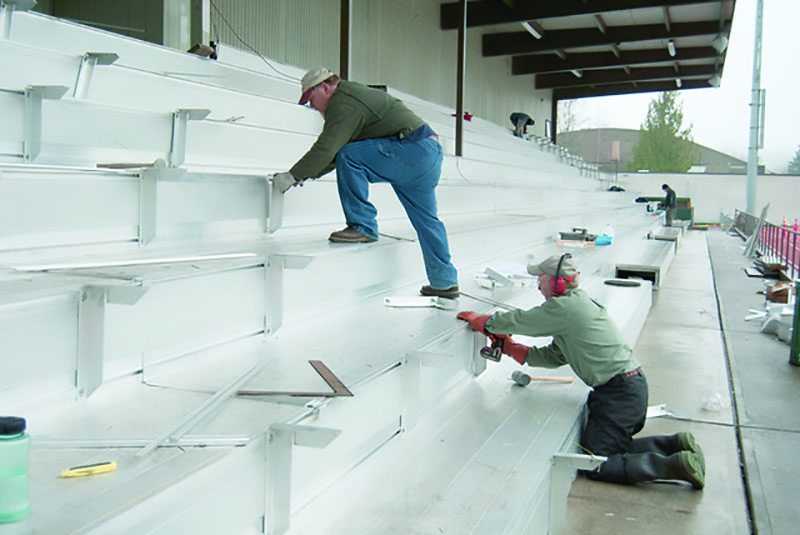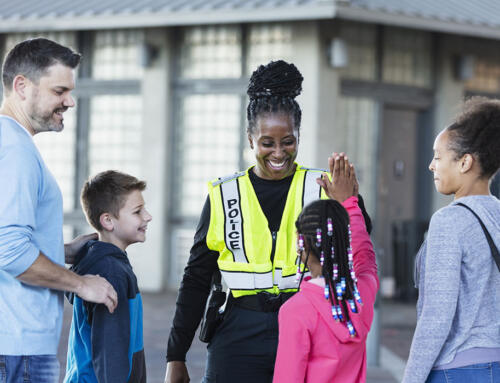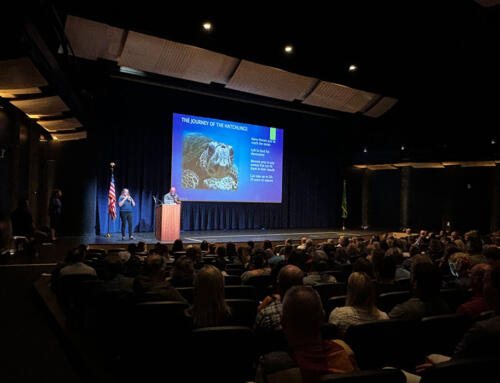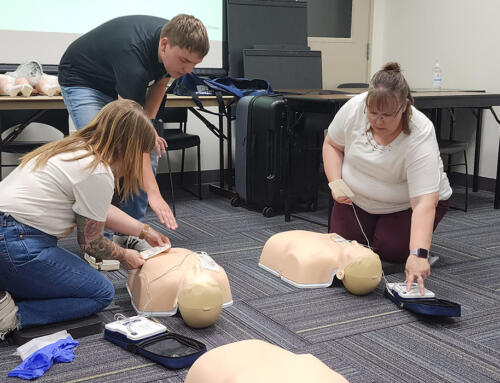Whether they are inside a gymnasium or outside at your football stadium or baseball field, bleachers are subject to wear, weathering, corrosion, abuse and metal fatigue. For these reasons, inspect bleachers seasonally or quarterly, with documentation of your findings. Start by following the manufacturer’s guidelines for inspecting your bleachers. See a sample Bleacher/Grandstand Inspection Report.
In addition, the applicable standard for bleachers, International Code Council (ICC) 300-2012- Standards for Bleachers, Folding and Telescopic Seating, and Grandstands, states that all existing tiered seating be inspected and evaluated at least once a year by a qualified person (such as a professional engineer or individual certified by the manufacturer).
Some conditions to check for include:
- Gaps between the floorboard, seat board, and riser that are large enough for a child to fall through
- Nuts and bolts that are loose, missing or protruding
- Guardrails that are missing or loose
- Plank or railing end caps that are missing or loose
- Wooden planks for splinters or cracks
- Hazardous protrusions or sharp edges
- Cracked welds and bent or missing parts
- Faulty, bent or missing floor and row locks
- Missing or damaged wheels
- Damaged electrical wiring and connections
- Motors should run smoothly without any bind or stress. Manual mechanisms should allow the unit to be be raised and lowered completely and smoothly
- A functioning brake mechanism that will prohibit free rolling while in the extended position
- Ground anchor portable, movable, or temporary bleachers to avoid accidental movement or instability
The goal of regularly scheduled inspections is to identify those items needing maintenance and/or replacement that could contribute to spectator injuries and create liability for the school district.





 ESD 112 equalizes educational opportunities for learning communities through innovative partnerships, responsive leadership, and exceptional programs.
ESD 112 equalizes educational opportunities for learning communities through innovative partnerships, responsive leadership, and exceptional programs.